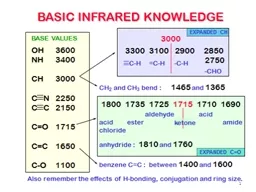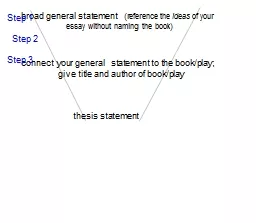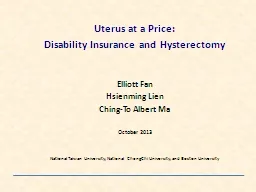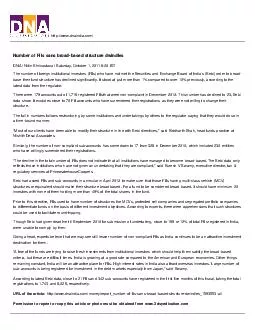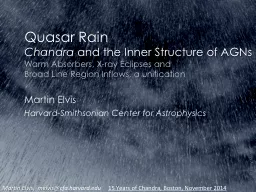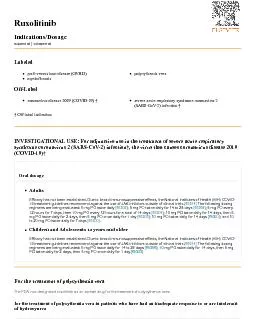PPT-A Broad Overview of the Project
Author : yoshiko-marsland | Published Date : 2018-03-20
Is designed as a research advocacy project primarily to address What decent standard of living for India would look cutting across key demand side sectors while
Presentation Embed Code
Download Presentation
Download Presentation The PPT/PDF document "A Broad Overview of the Project" is the property of its rightful owner. Permission is granted to download and print the materials on this website for personal, non-commercial use only, and to display it on your personal computer provided you do not modify the materials and that you retain all copyright notices contained in the materials. By downloading content from our website, you accept the terms of this agreement.
A Broad Overview of the Project: Transcript
Download Rules Of Document
"A Broad Overview of the Project"The content belongs to its owner. You may download and print it for personal use, without modification, and keep all copyright notices. By downloading, you agree to these terms.
Related Documents



